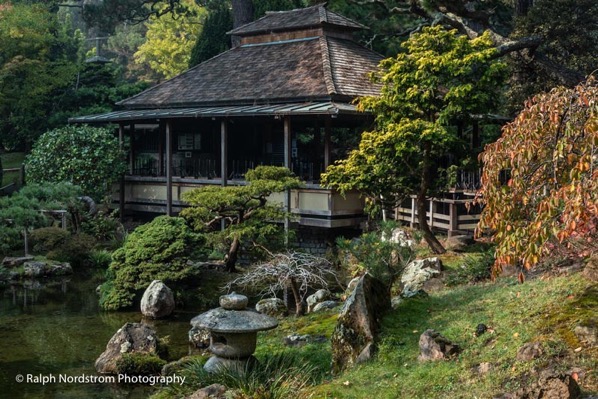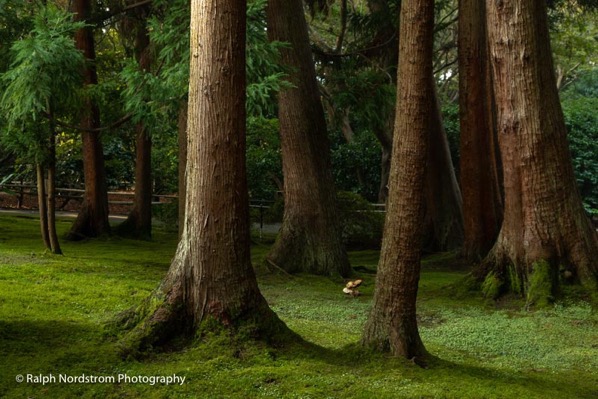
As landscape photographers, we prefer to shoot from a tripod. There are a lot of good reasons for this. Tripods help to ensure a sharp image. They slow you down so you’re more likely to think through your shot. They can also keep you from taking so-so shots; if it’s not worth the effort to set up a tripod it’s not worth taking. And you can dial in very precise compositions.
But when spontaneity is appropriate, tripods simply don’t work. Shooting hand-held gives you the freedom and spontaneity that is required in some situations but it also presents challenges that you don’t even think about when shooting from a tripod. Fortunately, there are several things you can do to overcome these challenges and create great photographs.
1. Shutter Speed

With a tripod we don’t worry about shutter speed. It doesn’t matter if it’s 1/1000 second or 30 seconds. But when shooting hand-held, the right shutter speed is essential for a sharp image. If the camera moves ever so slightly while the shutter is open, you have a blur.
Fortunately, there’s a simple way for you to determine what shutter speed will give you a sharp image and it depends on the focal length of your lens. The formula is simple: 1 / focal length. If your focal length is 60 mm then a shutter speed of 1/60 second or shorter will give you a sharp image. But if your focal length is 100 mm then you need a shutter speed of 1/100 second or shorter.
If you have a crop sensor camera then you need to use the effective focal length. Using a crop sensor Nikon as an example, the conversion factor is 1.5. In other words, if the lens says 100 mm the effective focal length is 100 x 1.5 or 150 mm. So, the shutter speed needs to be 1/150 second or shorter.
This photograph above was taken at the Japanese Tea Garden in Golden Gate Park, San Francisco. It’s an extraordinary experience, especially early in the morning when the crowds are light. The focal length was 47 mm so a shutter speed of 1/50 second would have been fast enough to get a sharp image. However, with image stabilization I was able to shoot it at 1/25 sec. ISO was bumped to 1600 because of the dark conditions. And an aperture of f/11 ensured enough depth of field for everything to be sharp.
You still want to hold the camera as steady as possible when taking your shot. It’s the combination of a steady camera and an appropriate shutter speed that will give you a sharp image.
Continue reading “Five Tips for Successful Hand-Held Photography”
(223)
